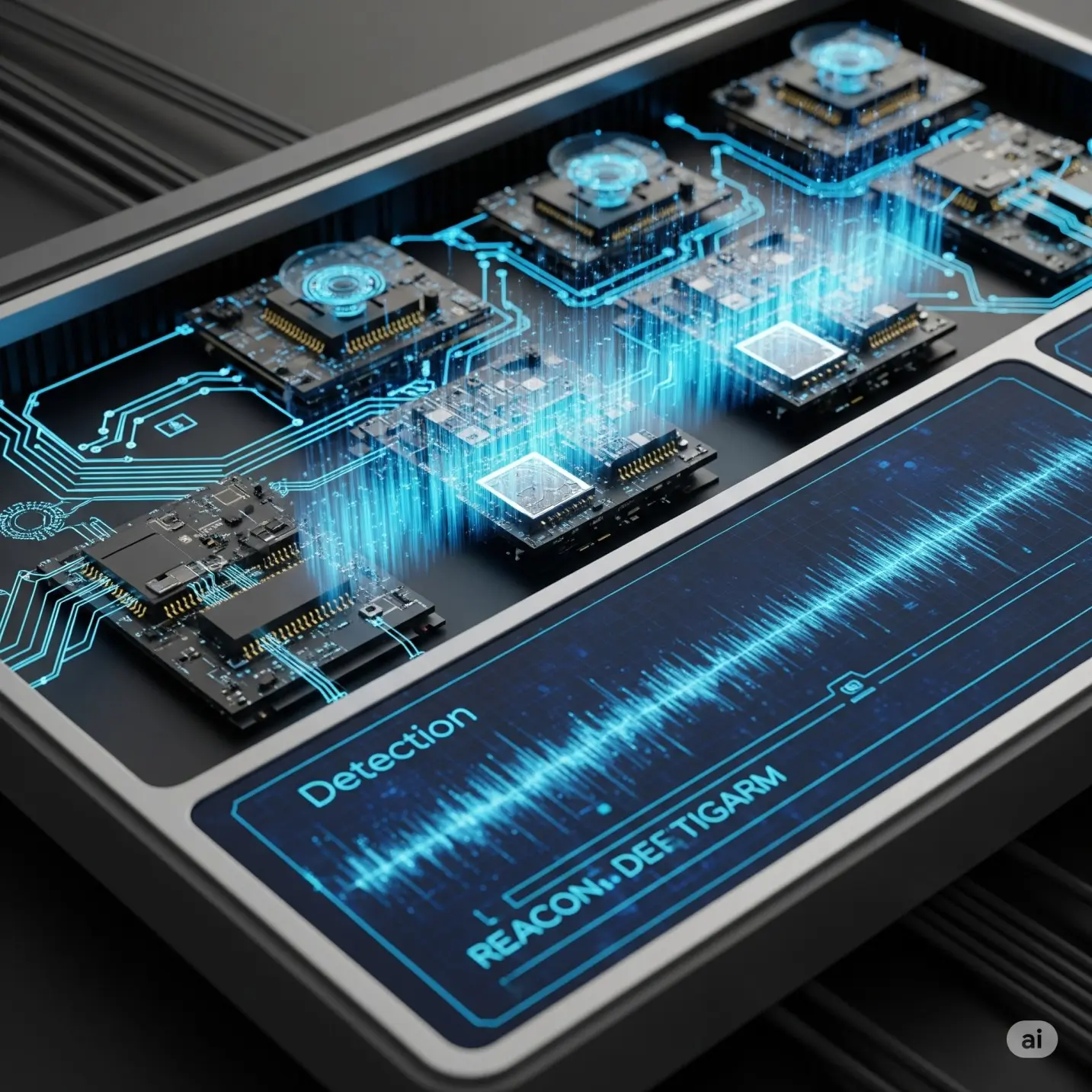AI content detectors analyze text to figure out if it was written by a person or a machine. They look for certain patterns and characteristics that are common in AI-generated writing. Some of the main things they check for are:
Too Perfect
AI writing is often predictable. The word choices are common and make perfect sense, almost like a machine that always picks the safest next word. This is called low perplexity. Human writing is messier and less predictable. For example, humans may use weird words and phrases sometimes. This unpredictability and creativity are the identification of human writing. AI detectors are trained to notice when text is too predictable and lacks these human-like surprises.
The Rhythm is Off
Humans write with a natural rhythm. There is a mix of long, flowing sentences and short, punchy ones. This mix of short and long sentences creates a varied rhythm. This is called burstiness. AI, on the other hand, often writes sentences that are all about the same length. It sounds very even, with low burstiness. Looking at a paragraph written by an AI, the sentences might all be medium-length, forming a very uniform, blocky-looking text. It could feel monotonous to read. An AI detector analyzes this sentence structure, and if it's too even and lacks that natural rhythm, it flags it as likely AI-generated.
AI Buzzwords
AIs learn from a huge database of text from the internet, which includes a lot of formal, academic, and marketing content. They learn that these words "sound smart" and tend to overuse them. An AI detector has a list of these overused words and phrases. When it sees a lot of them used into one piece of text, it's a red flag.
Watermarking
Some companies are programming their models to leave a specific, invisible pattern in the text they generate. It is like an invisible signature. The watermark could be a subtle pattern in how the AI chooses punctuation or a specific sequence of synonyms it's programmed to use.
Ways to Bypass AI Detectors
Here are some of the most common methods that can be used to make AI-generated text seem more human and avoid detection:
Humanize the Text:
The most effective way to bypass AI detection is to edit the AI-generated text yourself or have a human editor do it. This involves changing sentence structures, adding personal anecdotes, and making the language sound more natural.
Use AI Text Humanizers:
There are tools that can automatically rewrite AI-generated text to make it sound more human. These tools can change word patterns and sentence structures to make the text less predictable.
Rephrase and Restructure:
You can try to trick AI detectors by rewriting sentences, combining short sentences into longer ones, and breaking up long sentences. You can also use synonyms to vary the vocabulary.
Use an Active Voice:
AI writing often uses the passive voice. Changing sentences to the active voice can make the text sound more direct and human.
Write Simply:
AI tools are often trained on complex academic and technical writing. Using simple language and short, clear sentences can sometimes fool them.
Use Clever Prompts:
When you're using an AI writing tool, you can give it specific instructions to make the output sound more human. For example, you can ask it to use a conversational tone, avoid certain words, or write with a specific reading level in mind.
Read latest updates on AI agents here
